Home gardens are the health cores for a home. These green areas are not just the source of fresh oxygen, but they add tranquility and charm to the house. No matter how small they are, these green pockets add a great deal of benefits to both physical and mental health of the users. While certain species of plants prove to be incredible with their oxygen production abilities, other species make their statement with aromatic properties, stress-relieving tendencies, aesthetic values and more.
Amidst their high desirability in the pollution-hit cities, plants are tough to maintain, especially in personal spaces like a home. From the ideal placement to specific need of storage spaces, home gardens call for a lot of attention while designing.
Here Gharpedia is going to discuss about the garden design ideas. Unbox the DOs & DON’Ts about home garden that can make you a smarter gardener.
Garden Design Ideas | Do’s & Don’ts Things for Your Home
Do’s While Designing a Garden
01. Pre-Plan the Pathways and Nodes for the Large Gardens
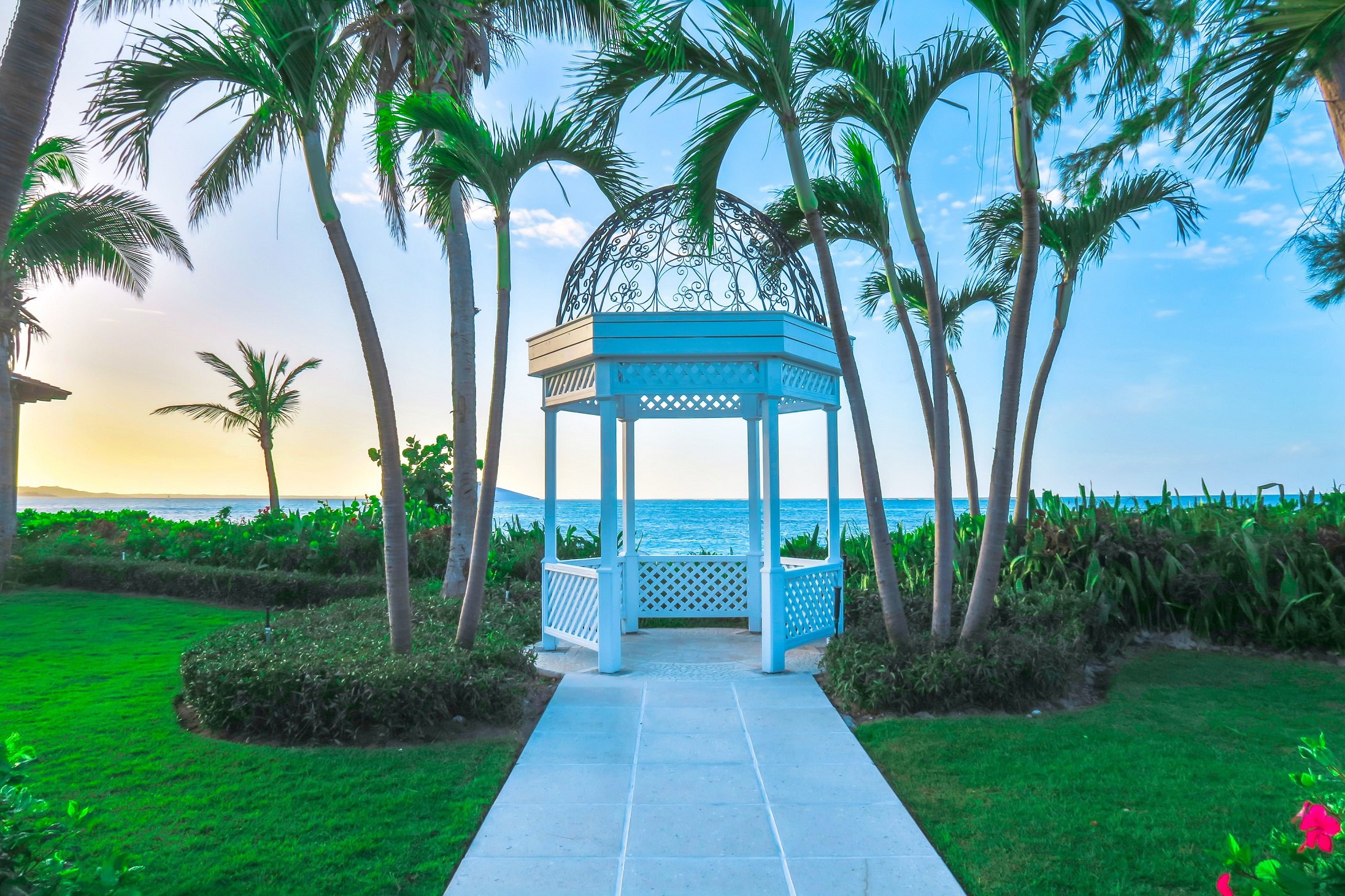
A lot of creativity can be put to use in your home garden. So, start with an interesting pathway or a walkway that barges into a grand gazebo in the centre or a restful pavilion tucked away in the corner. Nodal point such as gazebos respond to the resting needs of a person hovering around the garden and opens up a homey retreat, along with being a great aesthetic addition. An ideal home garden includes a set of picturesque pathways in coarse granite, mosaic quiltor, soft pebble stones that let you tranquilly tread towards a sheltered seating.
- Best Choices:
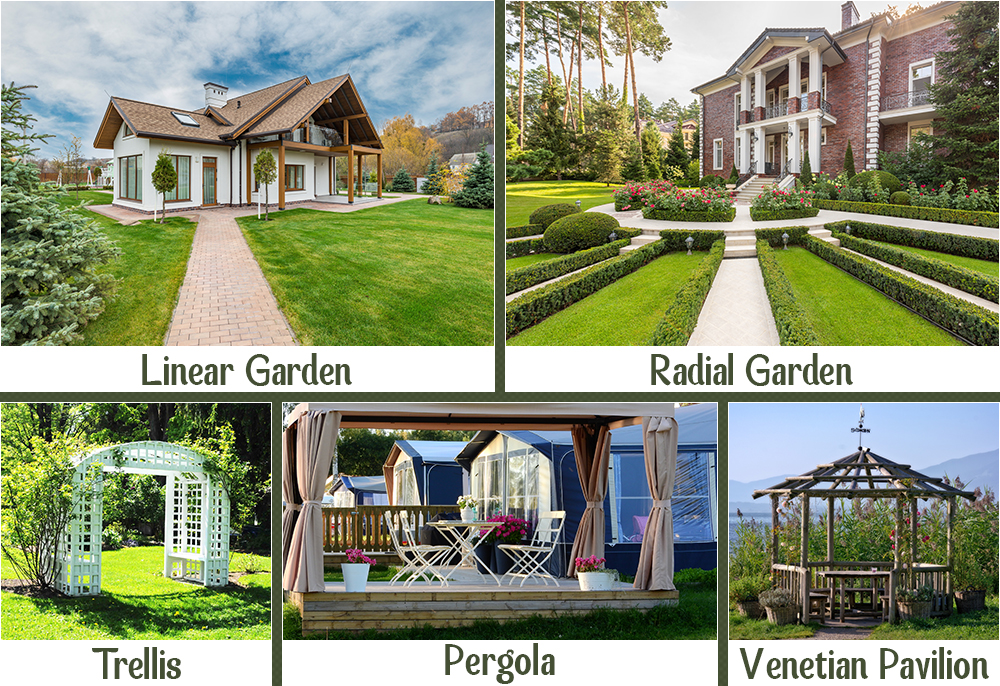
- Go for Venetian pavilions in centralized or radial gardens.
- Try Trellises or Pergolas in far-spun, experiential linear gardens.
02. Choose Weather-Based Garden Furniture
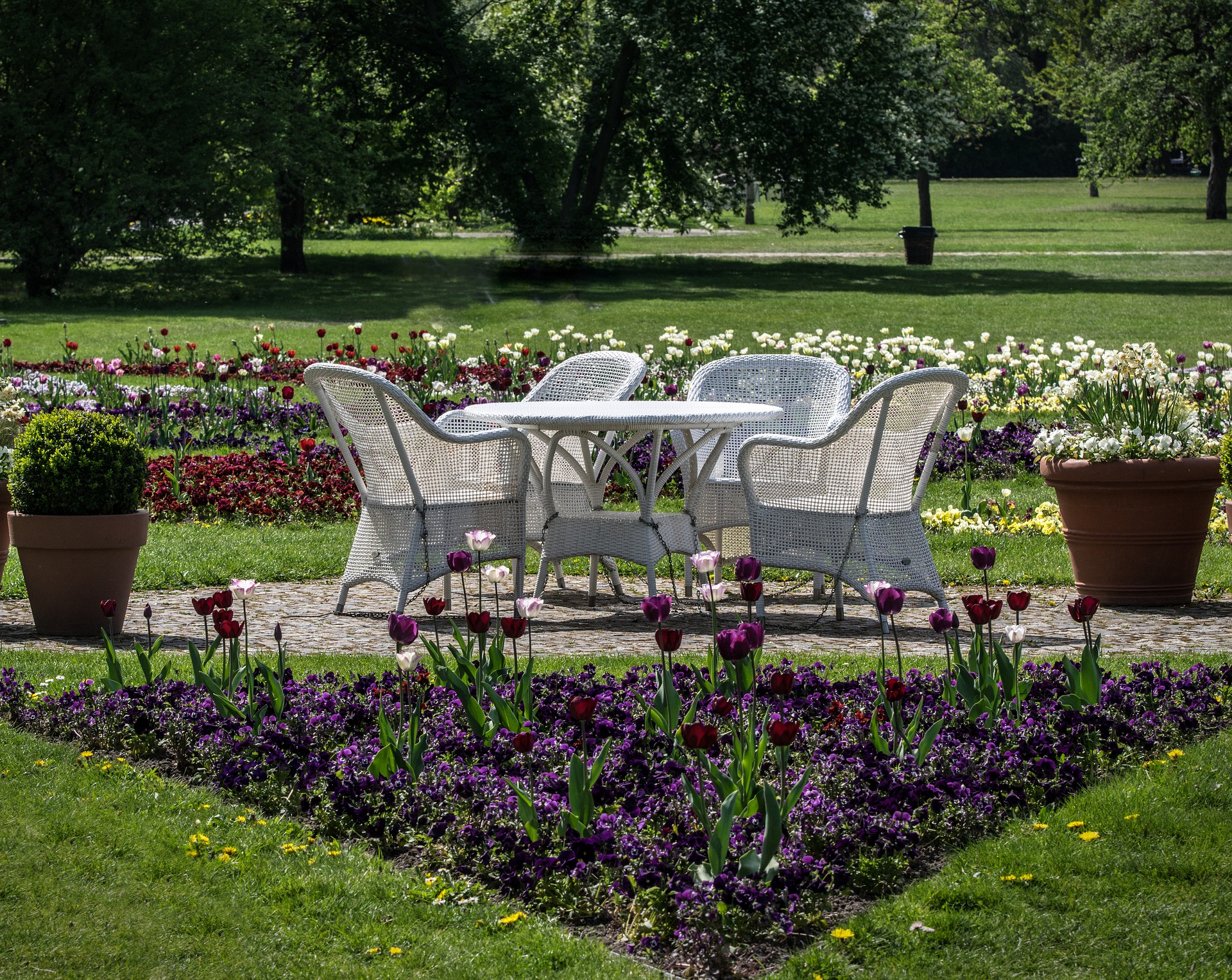
Garden furniture make us feel welcomed. Apart from creating a leisurely lounge for the family, it creates a great rendezvous spot for the guests. In open to sky gardens, the choice of furniture becomes tricky, owing to the uncertain weather conditions, dust and the dirt. The polluted cities of today call for a deeper concern while choosing the material for the furniture. Resilient new-age materials like synthetic resins, cast aluminum etc. are a perfect fit for contemporary home gardens. If you desire an old-world charm, go for wood or stone-cut pieces. Leave the high-maintenance wrought iron and pick your favorites from the lighter contemporary collections.
- Best Choices:

- Choose hard-lined, resin-based or stainless-steel pieces in vicinity if beach or lake.
- Include light, plastic, wood or aluminum pieces for convertible lawns.
- Go for natural, cedar or teak wood furniture for sheltered pavilions away from the drizzle.
If you want to learn how to make your own garden edging, click here –
03. Dedicate a Garden Storage in the Outdoor Area

A good garden is the one with a smart storage shed. This functional focus marks the likelihood of good maintenance—be it watering, pruning or any other. The essential garden tools fit into the compact storage with space-saving shelving units brought together in an ergonomic layout. An ideal home garden will house a storage that sits at an accessible point, with occasionally-used gardening tools locked in the interior, daily essentials hanging along the at-hand exterior, accompanied by a washing station equipped with a long hose.
- Best Choices:
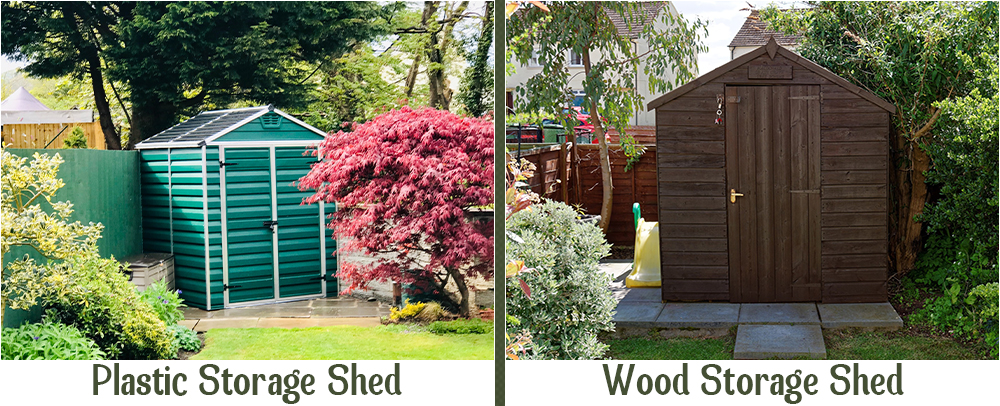
- Choose a permanent wood storage (only) for a large garden.
- Go for mobile, plastic garden sheds for small-scale setups.
04. Try Garden Lights For Better Ambience And Safety
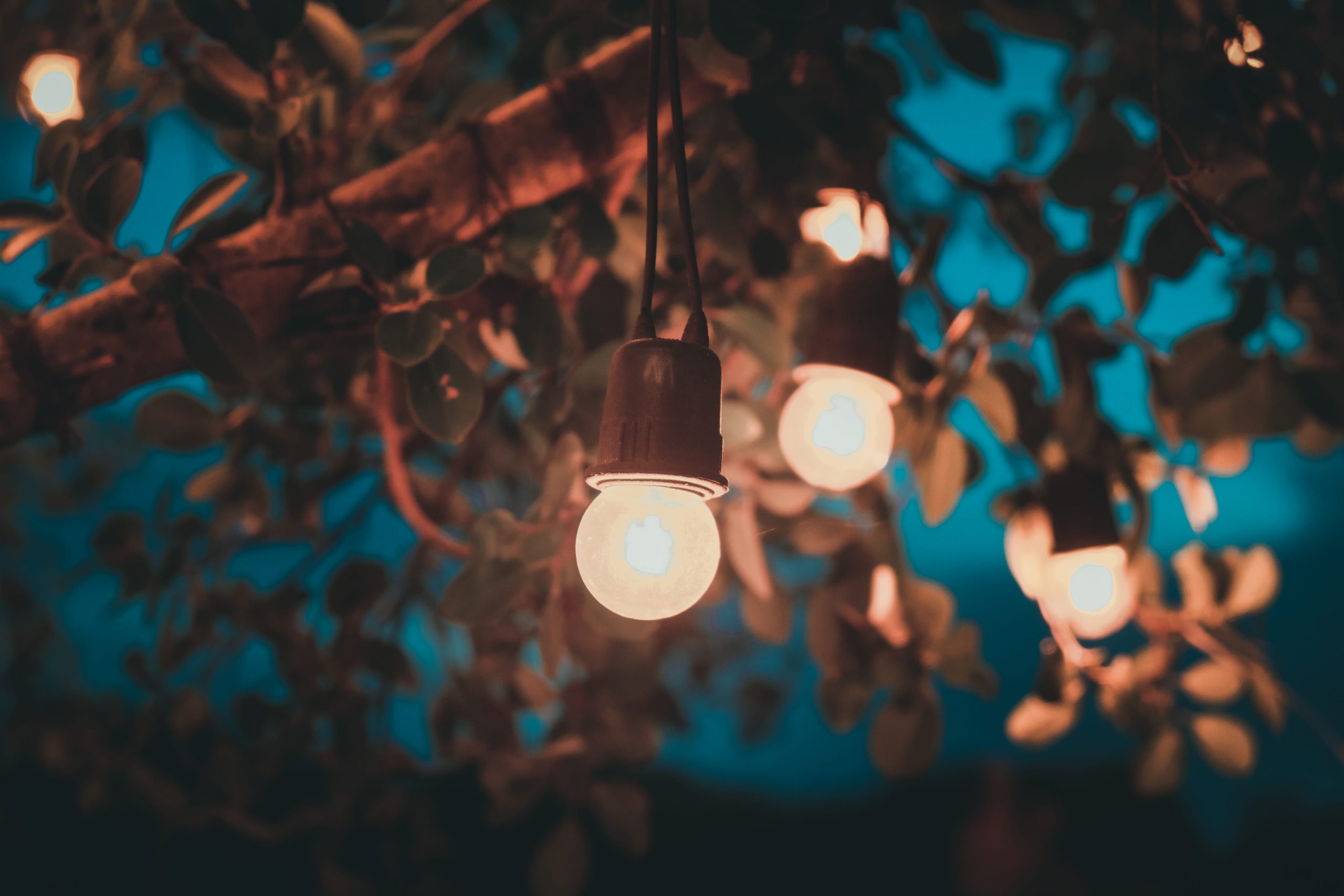
Lamps do more than just lighting up a space. An optimal lighting arrangement reassures the safety in the space, especially in the quiet-and-aloof outdoor parts like a garden. Lights can make a big difference in the ambience and also make the garden space look safer.
Warm lights are known to be the best for gardens since they have a positive impact on the plants due to their daylight-mimicking qualities. An ideal home garden enjoys the dimmer, low-energy CFLs (Compact Fluorescent Bulbs) hanging freeform, promising to ensure visual harmony and saving the eyes from any strain.
- Best Choices:
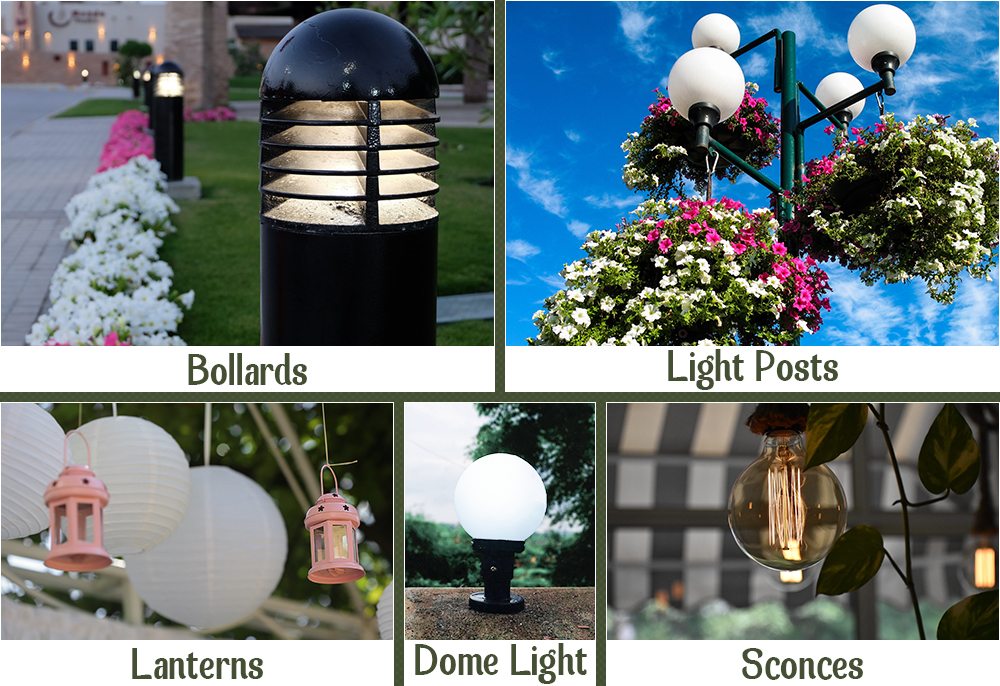
- Fix a few lanterns or sconces along the garden walls.
- Bring some bollards or canisters across the long pathways.
- Introduce light posts or domes along the garden gates.
Aside from the ones mentioned above, few additional garden lighting options can be found here –
05. Include Dry Landscaping In Child-Friendly Areas
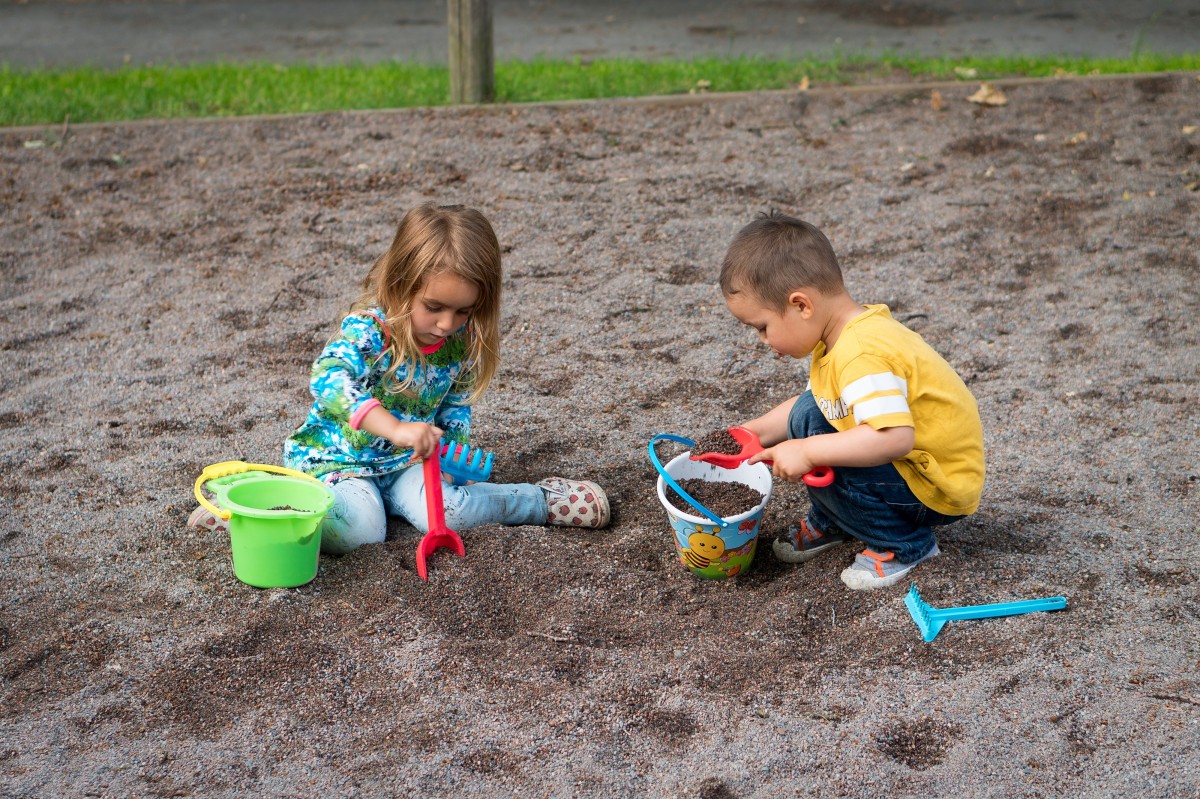
Not all gardens come with the greenery. Dry landscaped gardens embrace the tranquility hidden in the rough-cut stones or original pebbles along with the mindfulness in the light-hued sand. In a child-friendly garden nook, include abundant sand with softer pebbles and activity-based clay additions that add a playful vibe. Creative additions like creek beds, oversized pebble seats or balanced stones improve the visual quality of the garden, making it vibrant and lively at sight.
- Best Choices:

- Set up a Zen garden on the floor or as a table-top feature bringing a sensorial play activity for the kids.
- Include a dry creek bed overloaded with pebbles, rocks or boulders for linear gardens with space limitations.
Don’ts While Designing a Garden
01. Avoid Water Bodies If Your Location Is Insect-Prone

Stagnant water attracts a horde of insects / mosquitoes. Lakes, ponds or any other water body would be a bad choice in an area that is prone to troublesome insects—like urban areas located near dump yards etc. Given the chance, it is best to go minimal with greenery, opt for small pruned bushes and layer neat decks to achieve an unsullied environment that is easy to maintain along the water.
- Best Alternatives:
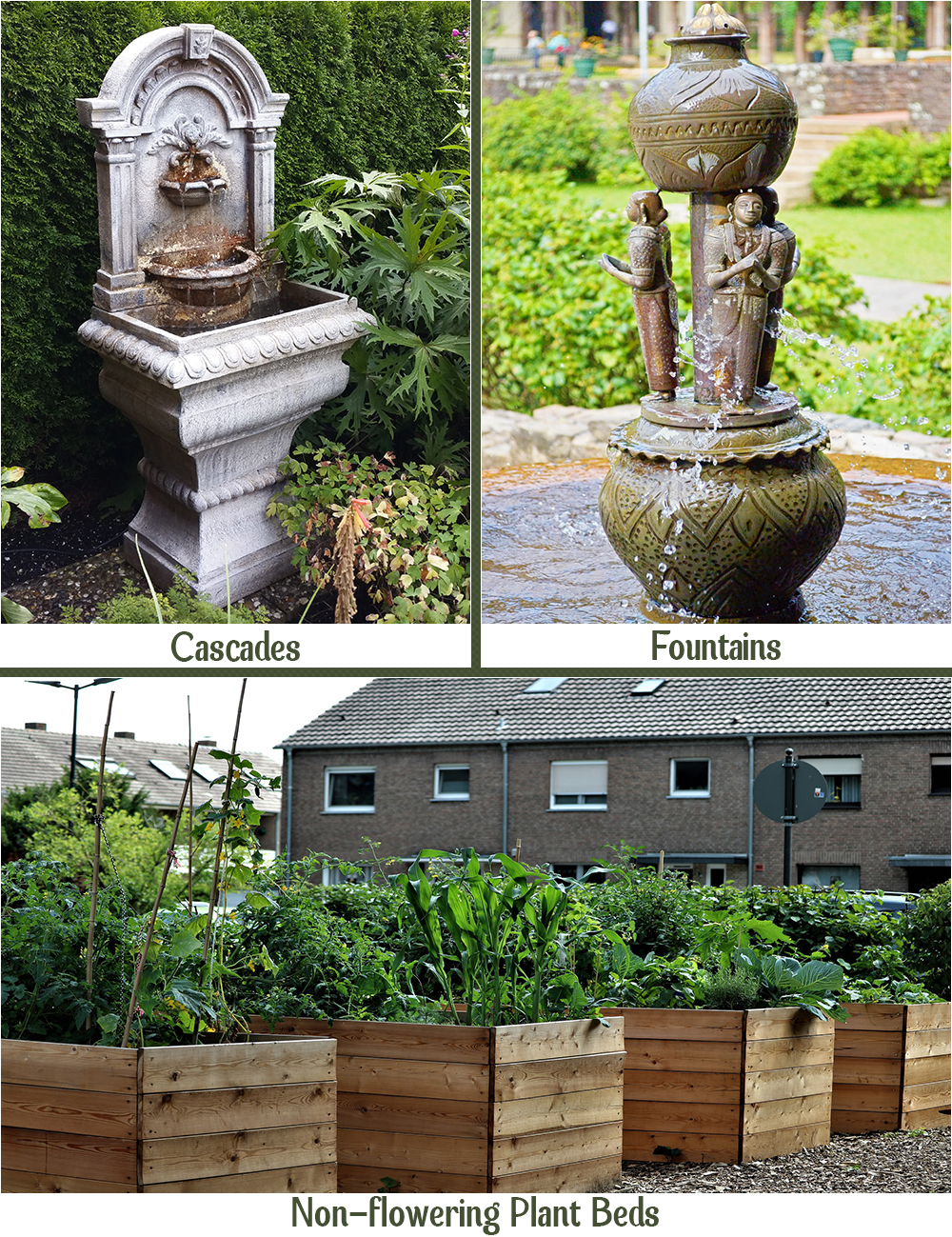
- Include a few rows of tidier non-flowering plant beds in the outdoors.
- If you can’t give up on the idea of having a water body, go for cascades or fountains that turn to be hassle-free waterscapes in the indoors.
You may also view more garden fountains options here –
02. Courtyards Are A Bad Choice For Small Homes

Smaller homes need a smarter plan with smarter gardens, especially in case of courtyard gardens that ache for an airy, breathable space around them. When snuck into a small home, courtyard gardens suffocate—planting areas are insufficient, sunlight is sparse and the air flow is restricted. Narrowed walkways also affect the ease of watering and other plant-based activities that affect the overall quality of the garden. In such cases, it is best to opt for clearly demarcated outdoor gardens that are high on usable space.
- Best Alternatives:
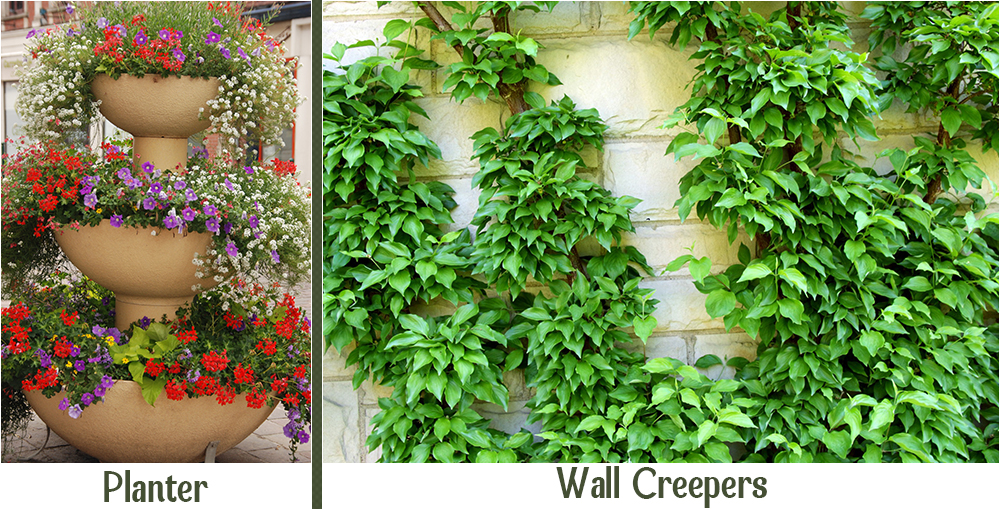
- Choose an aesthetic planter box as a centerpiece for squared, compact areas.
- Set up a focused, one-sided garden wall with resilient creepers for narrow space pockets.
03. Composting Pits Shouldn’t Come Anywhere Near The Living Zone

They may be an eco-friendly initiative, but composting techniques often leave a foul smell, overpowering the scent of the gardens. It is best left a far—at a good distance from the living areas that might be affected by the stench. The wind around this area should also be ensured as a minimum, as it can spread the odor. The composting pits can fall along the axis of kitchen or other sources of vegetable waste, connected by a narrow walkway etc for a quicker, practical pattern of composting.
- Best Alternatives:
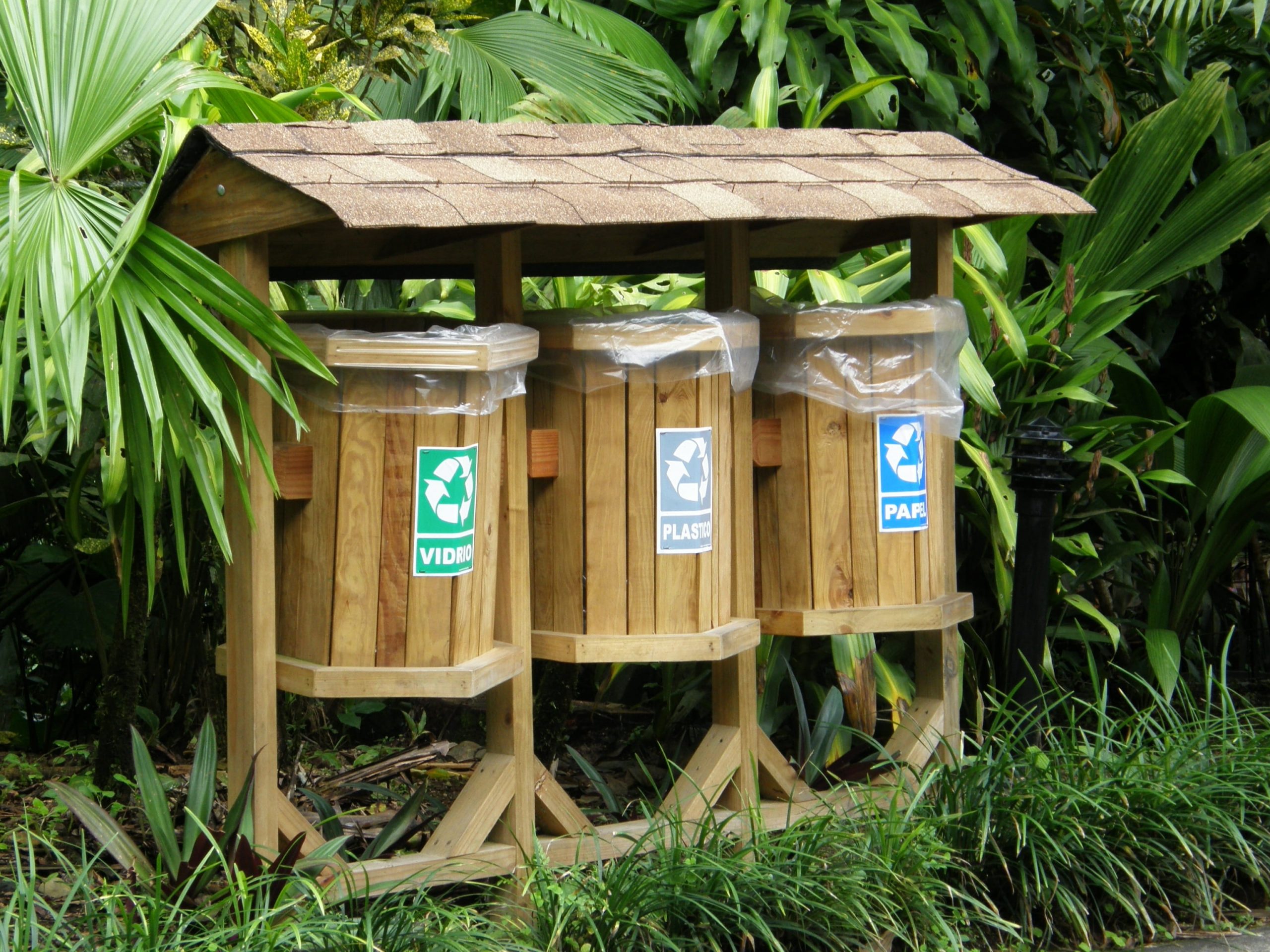
- Choose organized compost bins for smaller setups.
04. Refrain From Surfaces That May Cause Skidding
Pathways echo the amicability of the gardens. A fine-gripped, skid-resistant walkway is quintessential for gardens, especially the ones in the monsoon-prone locations. Bare, muddy paths signal uncertainty and create an unsafe environment for the passer-by. It is best that gardens include a range of paver blocks or coarse stone surfaces to make it ideal for a walk or even cycling.
- Best Alternatives:

- Lay a series of interlocked, anti-slip deck tiles along the seating areas.
- Go for extended patios from living areas that demarcate circulation and simplify movement.
Whenever you consider designing a patio, you need to study Gharpedia’s design tips. Click here to learn more about it –
05. Never Settle For Poor Irrigation Plans
The optimal watering cycles of the plants in your garden have a far-reaching significance. It not only ensures the hale and lively look of the plants, but also cuts down withering—healthy gardens need less maintenance. Understand the water requirements of your greens and pick a technique that suits it the best.
Plan the watering cycle with a smart irrigation method that also makes the best use of water—this certainly goes beyond a watering can or a hose. Drip irrigation works best for vertically-grown gardens while sprinklers befit the large-scale vegetable gardens. It is best to opt a technique that saves water along with your time.
- Best Alternatives:
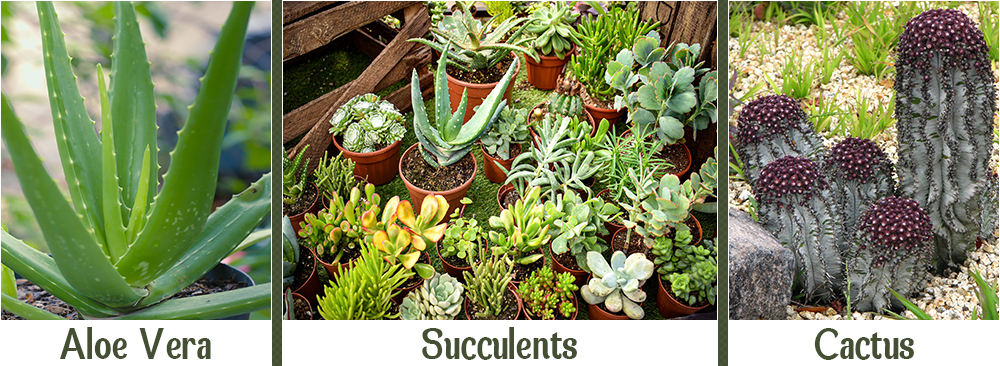
- Try Xeriscaping with cactus or other succulents if you are in dry metropolitan areas.
- Include drought-tolerant planters like Aloe Vera etc. in low-maintenance spaces.
To sum up, if you follow the above text on garden design ideas with their do’s and don’ts, you will surely end up having a lot of useful information on designing a garden. Practice these smart gardening techniques to create a top-notch home garden. Before you leave this page don’t forget to look over different Gharpedia’s garden design tips. Refer the following link to know –
12 Landscape Tips and Ideas for Small Backyards!
How to Plan Garden of your Homes for All Season?
5 Garden Design Ideas to Upgrade your Outside Space!
Image Courtesy: Image 5(a)
Author Bio
Akshaya Muralikumar – I am a graduate Architect turned writer with innate affinity towards written expression. I thrive in the print-digital media intermix with my works ranging across Books, Magazines, Blogs, and Web content. Being a free-spirited creative mind, I value new opportunities.






